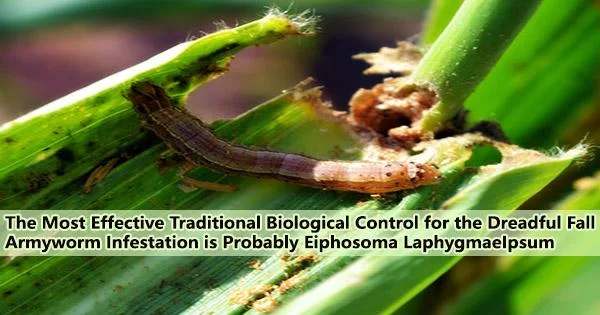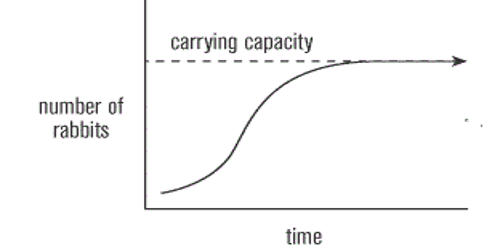The parasitoid Eiphosoma laphygmae is likely to be the best traditional biological control from the Americas against the destructive fall armyworm pest, according to an assessment by CABI scientist Dr. Marc Kenis.
Using larval parasitoids, which are thought to be the most effective natural enemies of the pest, Dr. Kenis, Head of Risk Analysis and Invasion Ecology, based at CABI’s Swiss center in Delémont, evaluated the prospects and limitations of a traditional biological control program to combat the fall armyworm (Spodoptera frugiperda).
His findings are published in the Journal of Economic Entomology.
The fall armyworm is a highly damaging pest of over 350 plant species that is native to tropical and subtropical regions of the Americas. However, it prefers staple grains like maize, rice, and sorghum that are consumed by millions of people.
The autumn armyworm was the subject of an in-depth study conducted by Dr. Kenis and published in Entomologia Generalis that included information on its invasiveness, biology, ecology, and control. It involved 57 scientists from 46 different institutions.
The paper highlighted that according to Eschen et al. (2021), fall armyworm causes estimated annual yield losses of USD $9.4 billion in Africa alone. It adds that the invasion of the pest in developing countries has an important impact on household income and food security.
In the latest review, Dr. Kenis said the most important larval parasitoids in its native range are presented and discussed for their suitability as CBC agents, based the following criteria: their frequency of occurrence and parasitism levels, specificity, climatic suitability and absence of closely related species parasitizing the fall armyworm in the area of introduction.
The ichneumonid Eiphosoma laphygmae Costa-Lima (Hymenoptera: Icheumonidae) is considered as a potential candidate for introduction because of its specificity and its importance as a parasitoid of the pest in most of its native range.
Dr. Marc Kenis
Other parasitoids looked at included Aleiodes laphygmae, Archytas marmoratus, Campoletis spp. and Cotesia marginiventris.
Dr. Kenis said, “The ichneumonid Eiphosoma laphygmae Costa-Lima (Hymenoptera: Icheumonidae) is considered as a potential candidate for introduction because of its specificity and its importance as a parasitoid of the pest in most of its native range.”
“The most frequent and important parasitoid of S. frugiperda in the Americas, the braconid Chelonus insularis Cresson (Hymenoptera: Braconidae), would most probably contribute to the control of S. frugiperda if released in invaded areas. However, it is oligophagous and would most certainly parasitize nontarget species.”
Before introducing C. insularis or any other parasitoid species, he continued, it will be necessary to analyze any potential non-target impacts and weigh the dangers against the advantages of enhancing the natural management of this significant pest.
A former Ph.D. student from the University of Neuchâtel and CABI in Switzerland, Patrick Fallet, tested a variety of nematode formulations injected into the maize whorl as part of additional CABI study to attempt and reduce the fall armyworm. They have shown to be as efficient to pesticide sprays.
A total of 70 potential natural enemies for the fall armyworm have been identified in China alone, and scientists from the MARA China-CABI Joint Laboratory for Biosafety and MARA China-CABI European Laboratory are striving to uncover sustainable and potent ones.
These include 44 predators such as Pentatomidae, Lygaeidae, Anthocoridae, Nabidae, Coccinellidae, Reduviidae, Chrysopidae, Forficulidae, Formicidae and Vespidae species. Bugs and beetles constitute 68% of the predators.
















